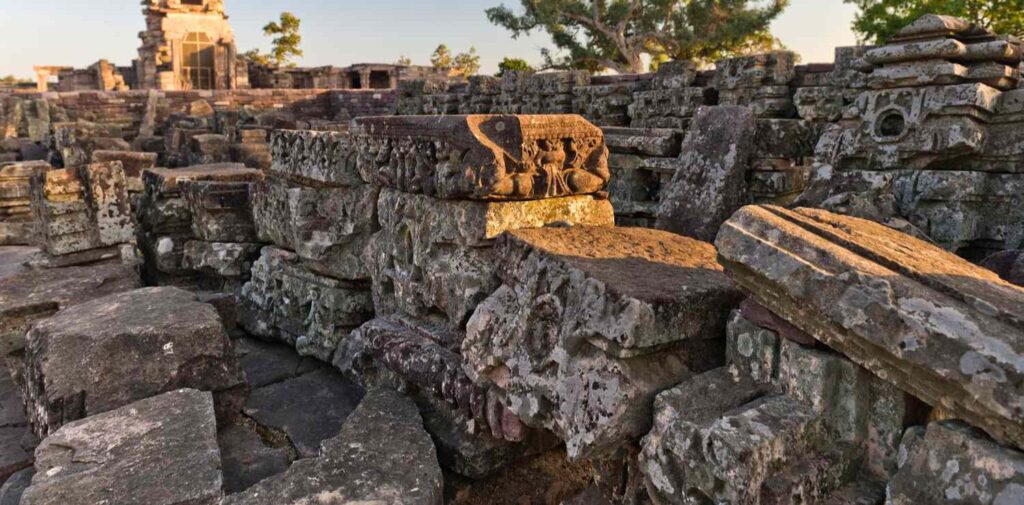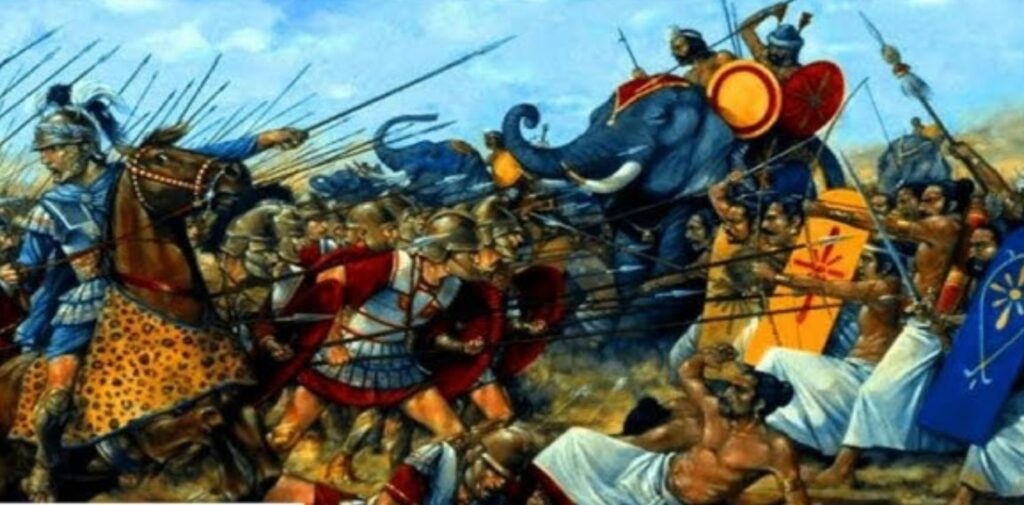The Maurya Empire, which flourished in ancient India, is one of the most significant empires in Indian history. Founded by Chandragupta Maurya in 322 BCE, it became a model of centralized governance. Under the leadership of the Mauryas, the empire introduced remarkable administrative reforms, set a foundation for governance that influenced the region for centuries, and established a powerful centralized state that controlled vast territories across the Indian subcontinent. In this article, we will explore how the Maurya Empire rose to power and became an early example of centralized governance.
The Early Foundations of the Maurya Empire
The Maurya Empire’s origins can be traced back to the rise of Chandragupta Maurya. Before Chandragupta, the Indian subcontinent was divided into smaller kingdoms, which often fought each other for control over resources and territories. During this time, India was under the influence of the Nanda dynasty, which ruled from the capital city of Pataliputra (modern-day Patna).
Chandragupta Maurya, a young and ambitious leader, saw the political instability in the region as an opportunity to unite the fragmented kingdoms. With the guidance of his mentor, Chanakya (also known as Kautilya), who was a brilliant strategist and political thinker, Chandragupta overthrew the Nanda dynasty and established the Maurya Empire.

Centralization of Power: The Key to Maurya’s Success
The most significant achievement of the Maurya Empire was the centralization of power. In earlier times, Indian kingdoms were often governed by local rulers with significant autonomy. However, Chandragupta Maurya created a strong, centralized state that had control over all aspects of governance, including law enforcement, taxation, and military operations.
Under Chandragupta’s rule, the empire’s capital was shifted to Pataliputra, which became the heart of administration and governance. The Maurya Empire’s centralized system ensured that the emperor’s authority extended throughout the empire, with officials and governors appointed to oversee different regions.
The Role of Chanakya in Shaping Governance
Chanakya, also known as Kautilya, played a crucial role in shaping the governance of the Maurya Empire. As a teacher, philosopher, and political strategist, Chanakya wrote the famous text Arthashastra, which laid down the principles of statecraft, economics, and military strategy. His teachings emphasized the need for a strong central government, with the king having supreme authority over the administration of the state.
Chanakya believed that a ruler’s success depended on his ability to control and manage the resources of the kingdom. He advised Chandragupta on how to establish an efficient administrative system, create a professional army, and implement policies that would ensure the stability of the empire. The Arthashastra became the blueprint for the Mauryan administration, and its ideas were implemented throughout the empire.

Efficient Administration and Bureaucracy
One of the main features of the Maurya Empire was its highly organized and efficient administration. Chandragupta Maurya, with the help of Chanakya, established a well-structured bureaucracy that handled the day-to-day operations of the empire. The empire was divided into several provinces, each governed by a viceroy who was directly responsible to the emperor.
The administration was divided into various departments, each headed by officials who specialized in different aspects of governance. There were departments for revenue collection, law enforcement, military, and even public works. This division of labor made the administration efficient and ensured that the needs of the empire’s vast population were met.
The empire also had a well-established spy network that kept track of the activities of the population and ensured the loyalty of the governors and officials. The emperor’s officers had the power to remove corrupt or disloyal officials, ensuring that the administration was always functioning smoothly.
Military and Security: Ensuring Centralized Control
The Maurya Empire’s rise to power was also aided by its strong and well-organized military. Chandragupta Maurya built a powerful army that allowed him to expand his territory and maintain control over the vast lands. The military was a key instrument of centralized governance, as it helped to enforce the emperor’s authority and protect the empire from external threats.
The Mauryan army was divided into several branches, including infantry, cavalry, and war elephants, each playing a vital role in the empire’s defense. The empire’s strategic location and military strength enabled it to defend its borders and expand into new territories, making the Maurya Empire one of the largest empires in ancient India.
Security was also ensured within the empire through an efficient police force. Local rulers and governors worked with the central government to maintain law and order in their respective regions, ensuring that any unrest or rebellion was dealt with quickly.
Economic Policies and Trade
The Maurya Empire’s centralization also extended to its economic policies. The empire had a well-organized tax system that helped fund its military campaigns, public works, and the administration of the empire. Taxes were levied on agricultural production, trade, and land, and officials were responsible for collecting these taxes and ensuring that they were used efficiently.
Trade and commerce flourished under the Mauryan rule, as the empire controlled key trade routes that connected the Indian subcontinent with Central Asia, the Middle East, and Southeast Asia. The Mauryas promoted infrastructure development, such as roads and ports, to facilitate trade, and this contributed to the empire’s prosperity.
The government also regulated prices to prevent inflation and ensured the stability of the economy. By managing trade, resources, and taxes efficiently, the Maurya Empire became one of the wealthiest empires of its time.
Ashoka’s Legacy: The Peak of Maurya Centralization
Chandragupta Maurya laid the foundation for a powerful centralized state, but it was his grandson, Ashoka the Great, who brought the Maurya Empire to its greatest heights. Ashoka ascended to the throne in 268 BCE and expanded the empire to its largest territorial extent, covering almost the entire Indian subcontinent.
Ashoka is best known for his adoption of Buddhism after the bloody Kalinga War, a conflict that deeply affected him and led him to embrace non-violence and moral governance. Despite this shift in policy, Ashoka continued to maintain a strong central government, with control over the empire’s administration, military, and economic policies.
Ashoka’s reign was marked by his efforts to spread peace and welfare throughout the empire. He implemented policies to protect the rights of his subjects, promoted religious tolerance, and established social welfare programs. His edicts, inscribed on pillars and rocks, served as a reminder of his commitment to governance based on justice, compassion, and moral values.

The Decline and Fall of the Maurya Empire
While the Maurya Empire achieved remarkable success under Chandragupta and Ashoka, it eventually began to decline after Ashoka’s death in 232 BCE. The empire faced internal strife, weak leadership, and external invasions. Over time, the centralized authority weakened, and regional powers began to emerge, leading to the disintegration of the empire.
However, the Maurya Empire’s legacy lived on. Its model of centralized governance influenced later empires in India, such as the Gupta Empire, and its ideas on administration, law, and military strategy continue to be studied by historians and political thinkers.
Conclusion: Rise of the Maurya Empire
The rise of the Maurya Empire is a testament to the power of centralized governance in uniting a fragmented and diverse region. Through effective leadership, a strong military, a well-organized bureaucracy, and the guidance of political thinkers like Chanakya, the Maurya Empire set a lasting example for later empires. The empire’s success under Chandragupta and Ashoka not only established a unified India but also laid the foundations for a model of governance that would influence the course of Indian history for centuries to come.




